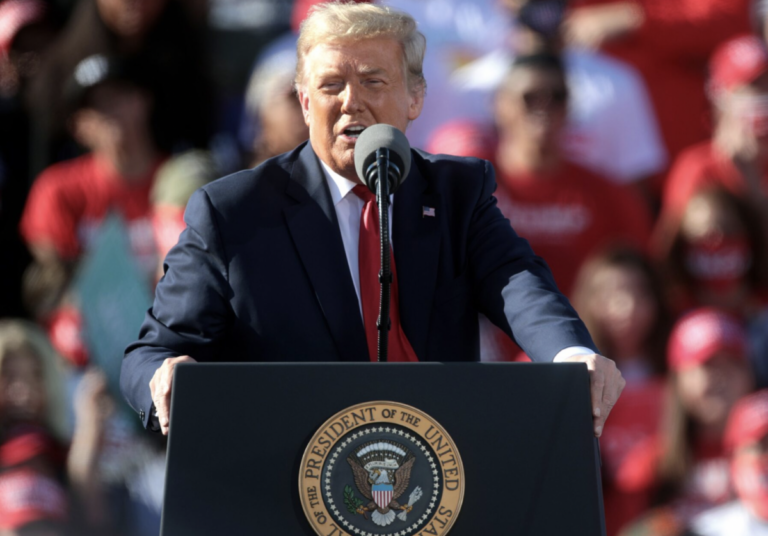Clean Energy Associates says it has identified five looming risks to the U.S. battery energy storage industry as analysts predict significant policy shifts under the incoming administration of U.S. President Donald Trump.
Donald Trump will be inaugurated as US president on January 20, 2025, and analysts predict his administration will bring sweeping changes to the clean energy landscape.
A new report from Clean Energy Associates highlights this five potential risks for the battery energy storage industry, including risks for EV batteries, grid-scale storage and home battery energy storage.
1) Enforcement of anti-dumping/countervailing duties
In December 2024, a new anti-dumping and countervailing duty (AD/CVD) petition was filed against imports of a crucial battery material, anode active material (AAM), from China.
Anodes made with Chinese AAM and batteries would be subject to duties, which have averaged more than 100% of the cost of imported goods in recent orders. Approximately 74% of AD/CVD petitions result in new duties being imposed on importers.
Clean Energy Associates said the likelihood of this outcome is high, with a moderate impact on the market. Action is expected to take place on February 16, 2025.
2) Holding UFLPA batteries
Trump has nominated Marco Rubio as Secretary of State, which, according to Clean Energy Associates, poses an increased risk for far-reaching and stricter enforcement of the Uyghur Forced Labor Prevention Act (UFLPA).
Battery importers on the UFLPA list face a rebuttable presumption that the product is contaminated with a supply chain that engages in forced labor. It can be very difficult to prove no forced labor under a rebuttable presumption, which means most suppliers listed on a UFLPA list are barred from bringing products into the United States.
This outcome, which requires presidential action, is considered highly likely and poses a high impact risk, Clean Energy Associates said. Enforcement of the UFLPA battery supplier could begin as early as February 2025, according to the report.
3) Article 301 60% rate
Based on campaign promises, the Trump administration is expected to increase Section 301 tariffs on several goods from China to 60%. A 60% tariff would force battery purchases from Chinese suppliers to South Korean and Japanese suppliers and generally raise prices, Clean Energy Associates said.
The company added that this outcome is likely and will have a moderate to large impact on the market as early as March 2025.
4) Battery supply chain tariffs under Section 232
Reuters has reported that Trump’s transition team has proposed adding tariffs to EV battery and supply chain tariffs under Section 232. Clean Energy Associates said the proposed tariff levels are unknown but could also include battery energy storage systems.
Clean Energy Associates views this as a moderate probability of occurrence, with moderate to high market risk, occurring in the first quarter of 2026 or later.
5) Erosion of Article 48 Investment Tax Credit
Clean Energy Associates said it believes a complete repeal of the Section 48E Investment Tax Credit (ITC) is unlikely. However, there is a distinct possibility that this will be phased out as early as 2027, rather than the mid-2030s. This reduction in tax credits would likely occur as part of the bill reconciliation process.
Ending the IRA tax credits would require action from both the President and Congress. Clean Energy Associates said there is a moderate to high risk of this happening, with a very negative impact on the market from the second quarter of 2025.
This content is copyrighted and may not be reused. If you would like to collaborate with us and reuse some of our content, please contact: editors@pv-magazine.com.


